Dublin: A Writer’s City began, appropriately enough, in Dublin; or, to be precise, in the Dublin House Bar, on West 79th Street in Manhattan. My first real conversation about the book took place there early in December 2019, when I met my editor from Cambridge University Press, Ray Ryan.
For some time Ray had been nurturing the idea that an academic publisher such as Cambridge should be able to publish books for a readership beyond the universities, books for the sort of people who read long-form articles in newspapers. For my part, I had become very interested in understanding the ways in which Dublin’s literature is an active part of the experience of living or working in the city. Over the course of a couple of pints, we talked about how such a book might be organised, how it would need maps and images, and who might read it. We also talked about what was going on in the world – although if we mentioned the faint rumours of a new respiratory virus, I don’t remember it.
Dublin’s writers augment the ranks of the city’s actual inhabitants by populating our streets with fictional citizens. This is part of what gives the city its distinctive character
By the time I sat down to write a book about Dublin and its writers three months later, in March of 2020, it was in a very different world. I live about 20km beyond the edge of Dublin, in the village of Summerhill in Co Meath. It was a good place to be tethered within a 2km limit. Each day, my wife and I would walk our two Irish setters, who found the same fields, lanes and hedgerows breathlessly exciting; and then I would return to my desk overlooking a field full of cattle, and to a Dublin of books.
Looking back now, those months of the first lockdown have something of the character of a vast social experiment, in which we removed all the variables so that we could sift clear the essential elements of work, of friendships and of cities.
READ MORE
For me, perhaps the enduring image of Dublin from that time was the fox who appeared on Grafton Street (and who apparently lives in the garden of the Provost’s House at Trinity College Dublin). Several months into the initial wave of the pandemic, when it was possible to make a first masked and tentative foray into an empty Trinity campus to retrieve some books, I encountered the fox. I looked at the fox. The fox looked at me. It was clear to both of us who now claimed the territory.
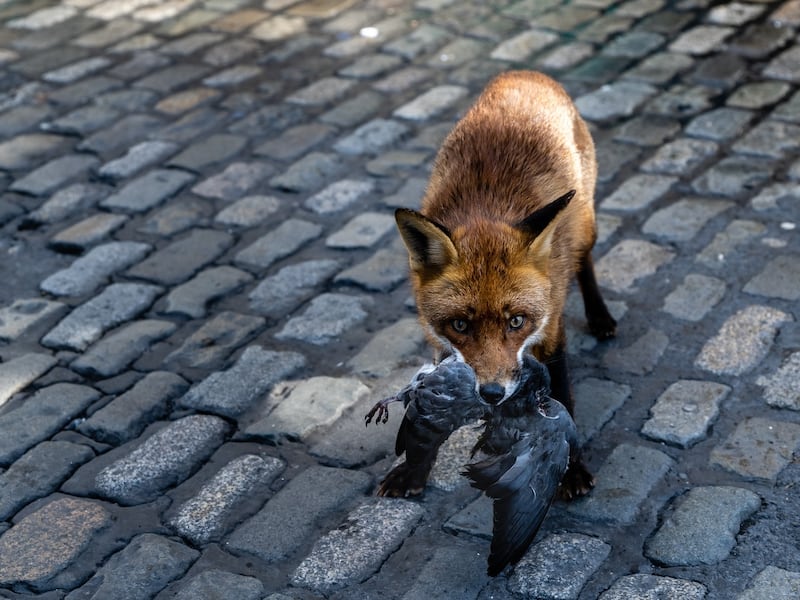
That image of the fox on Grafton Street was uncanny, not least because our writers were already documenting this strange moment in real time. In one of his final poems, Derek Mahon, who died in October of 2020, wrote about the fox. “Broad daylight, and on weed-grown cobblestones / deserted by the pedestrian population / a fox hunts for discarded edibles.” Mahon’s fox told his readers the same thing that the fox told me when I encountered her in person: where there are foxes, there should be no people. And a city without people is not a city. It’s just a collection of buildings, a place in which to scavenge.
This may be true of all cities, but it is more true of Dublin than it is of most. Certainly, Dublin has some fine buildings of various vintages, the River Liffey lights up nicely at night, and the Wide Streets Commission did its work so well in the 18th century that there are still streetscapes that impress. At the same time, Dublin is not Paris, Shanghai or Florence, and if what makes our city distinctive is primarily human, not architectural, then our writers are more than just entertainers or recording scribes. In a very real sense, Dublin’s writers augment the ranks of the city’s actual inhabitants by populating our streets with fictional citizens, and this is part of what gives the city its distinctive character.
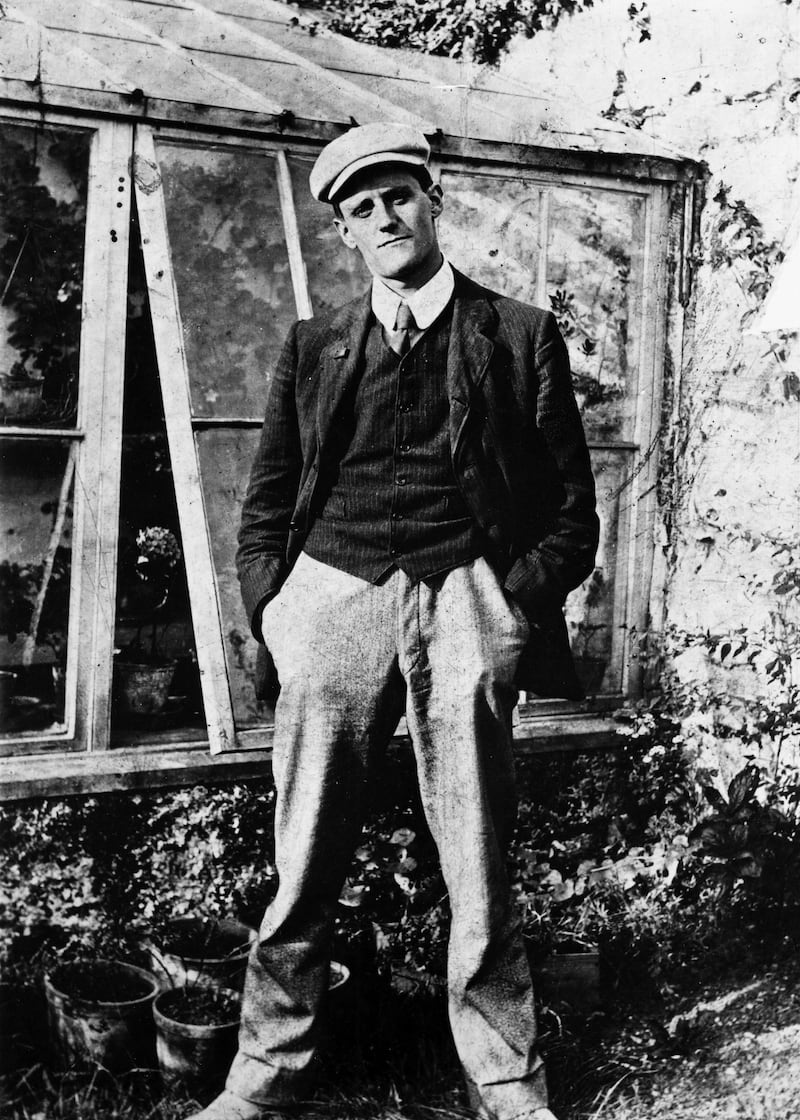
This sense of sharing the streets with fictional creations is something almost everyone has experienced at one time or another in Dublin, if only because of James Joyce’s Ulysses. Even if you have never read Ulysses (and have no intention of ever reading it), it is difficult to avoid the brass plaques in the footpaths tracing the wanderings of Leopold Bloom or Stephen Dedalus, or the inscriptions on buildings ranging from Davy Byrnes pub, on Duke Street, to (and this is one of my favourites) Nichols funeral directors, on Lombard Street East.
It is also difficult to ignore the benches with their sculptural literary occupants: Patrick Kavanagh looking bemused beside the Grand Canal, Brendan Behan poised to scarper from his perch on the Royal Canal, or Oscar Wilde lounging improbably outside Kennedys pub on Westland Row. And there are the murals, such as Shane Sutton’s wonderful depiction of Behan, peering at a pint over his typewriter, on a gable end in Richmond Cottages, in the north inner city.
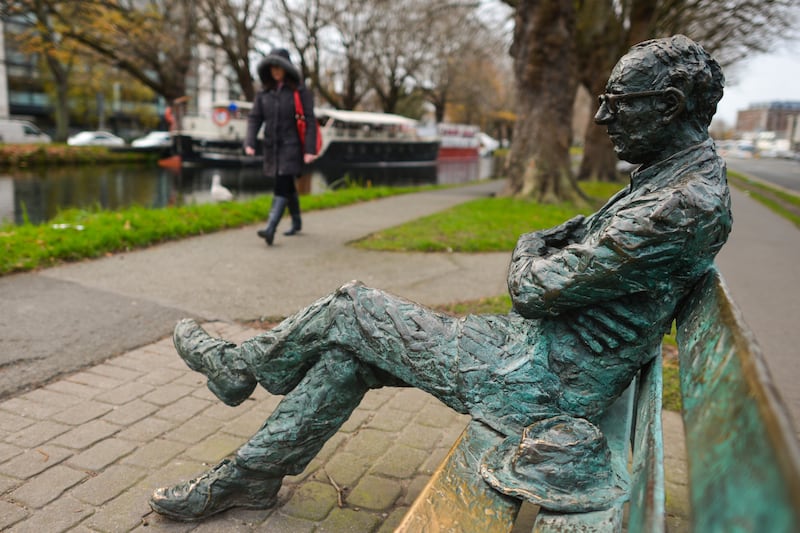
With Dublin: A Writer’s City, I wanted to make the city’s writers and their creations visible, even in the places where they do not manifest themselves on park benches or on the sides of buildings.
For instance, anyone who knows anything about the bohemian literary Dublin of the 1940s and 1950s knows where to find what had been Parson’s Bookshop, on Baggot Street Bridge, near Kavanagh’s bench. However, fewer people probably know that, half a century earlier, Elizabeth Bowen had been born nearby, on a house facing the canal at 15 Herbert Place, just up from Huband Bridge. She later wrote a haunting memoir about her childhood there, Seven Winters. Her rear windows would have looked directly down on to Herbert Lane, where a little over 50 years after she was born, in 1955, the Pike Theatre staged the first Irish production of Samuel Beckett’s Waiting for Godot.
Dolmen Press was located a few doors down from what had been the Bowens’ home, and at the end of the street was the nursing home in which Beckett’s mother had died, a moment evoked in Krapp’s Last Tape. Just around the corner, on Upper Mount Street, Benjamin Black’s fictional character Quirke had his rooms.
In the other direction, Mary Lavin had a flat on Lad Lane. On the other side of Herbert Mews, on Herbert Street, Behan lived in a basement apartment next door to the poet John Montague, who later began his poem Herbert Street Revisited with the line “A light is burning late/ in this Georgian Dublin street: someone is living our old lives!”
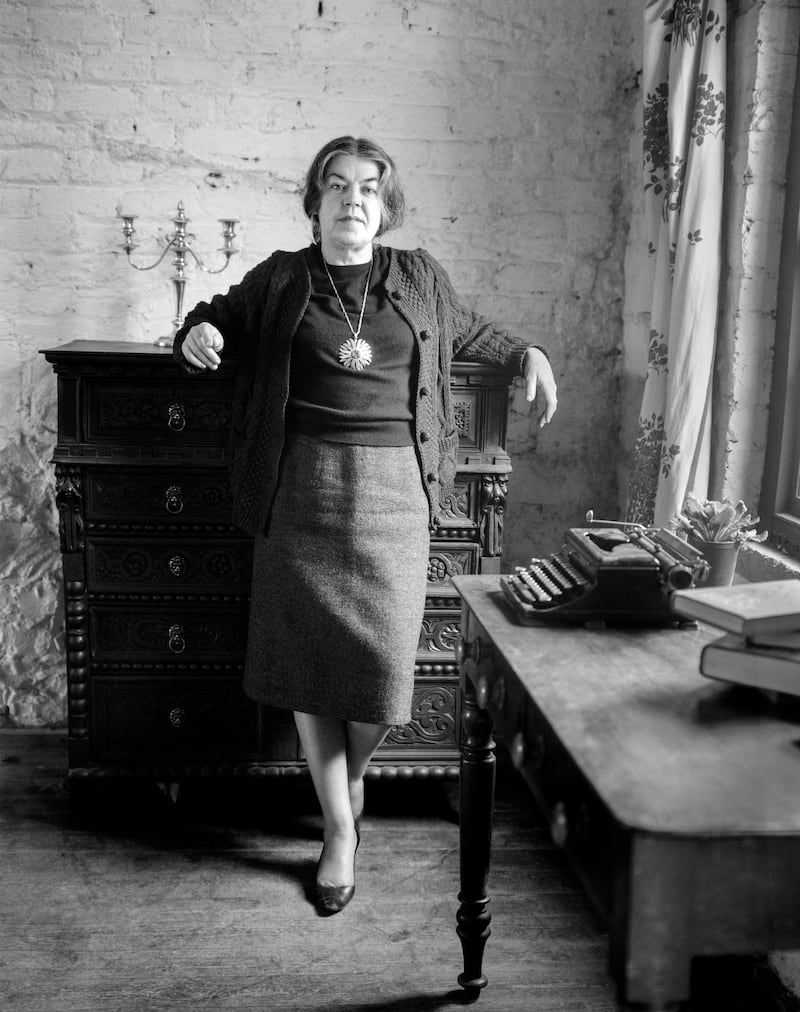
There cannot be many places on the planet with this kind of density of literary memory. When I walk these streets, they swarm with literary lives. If you don’t know the stories, however, all you notice now is the quiet. Many of the buildings are intact, but most are now offices. As the poet Peter Sirr recently observed of Montague’s poem in his 2021 book, Intimate City, no one is living these old lives here any longer.
When I was getting my tyres changed in Kimmage, I realised I was within walking distance of 70 Kildare Road, where the Behan family lived, and of 54 Stannaway Road, where Christy Brown lived
There is a reason why so many writers lived in this area at one point but few live here today. Back in the 1960s, the writer Leland Bardwell lived in the same general area, on Leeson Street, in the basement of an old Georgian house. In her memoir, A Restless Life, she recalls poets including Patrick Kavanagh, Eiléan Ní Chuilleáin, Paul Durcan, Michael Hartnett and Macdara Woods all spending time there. “As in every dungeon,” she writes, “the walls wept, but at least for this vegetal apartment, we paid £2 a week.”
As I was writing Dublin: A Writer’s City, the building two doors down sold for just under €5 million. In a poem published in 2019, Housing Crisis on Raglan Road, the poet Supriya Kaur Dhaliwal finds her own poetry in the gap between rent of £2 a week and an asking price of €5 million: “In Dublin, on a day as grey as if smeared with pewter,/ I think of Kavanagh while walking through Raglan Road.” She goes on to say: “I think of the debt these houses have owed”.
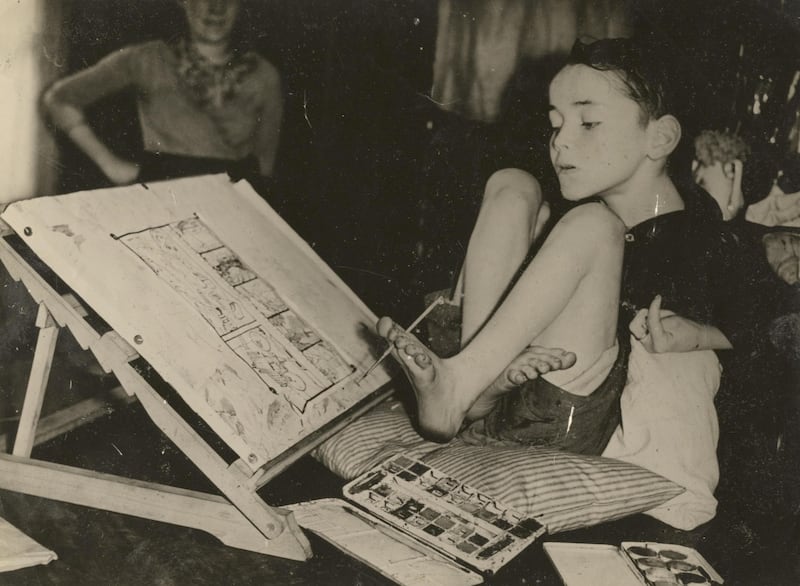
The act of writing Dublin: A Writer’s City was partly my own attempt to restore for myself the city from which I was in temporary exile in the spring and summer of 2020. In doing so, I went looking for Dublin’s imaginary citizenry in places where I knew they could be found, like the streets around Herbert Place.
I also discovered that the more I looked, the more I found. One day after the lockdown had ended, when I was getting my tyres changed at a garage in Kimmage, I realised that I was within walking distance of 70 Kildare Road, where the Behan family had lived, and of 54 Stannaway Road, where Christy Brown had lived, and, between the two, of the Stone Boat Pub, where the owner used to stand both writers drinks (surely earning the vintner’s equivalent of martyrdom). This, too, is part of the literary city.
[ Brendan Behan's papers are in New Jersey. Surely they belong in his native city?Opens in new window ]
And yet, even as my own map of Dublin as a writer’s city has expanded and became more complex, I have begun to wonder about the future of Dublin, and how much thought we give to building a city in which encountering a fictional character, or the ghost of a writer, will continue to be less strange than encountering a fox.
Chris Morash is Seamus Heaney professor of Irish writing at Trinity College Dublin. Dublin: A Writer’s City has just been published by Cambridge University Press



















